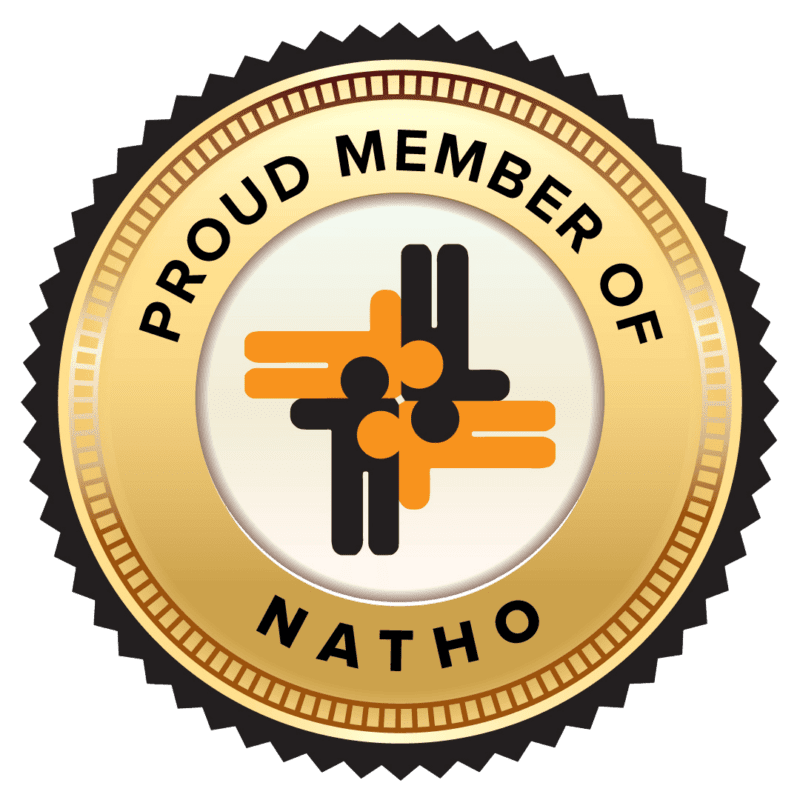Does this sound familiar? You log into Bullhorn to check candidate profiles, switch to your payroll system to verify placement status, then jump to your CRM to update client records. Despite investing in multiple recruitment tools, your data lives in separate worlds. Your recruiters waste hours copying information between systems, while valuable insights stay buried in disconnected databases and spreadsheets.
If this sounds familiar, you are not alone. Many staffing firms have the tools to collect data—from candidate histories and interview notes to placement metrics and client feedback—but lack the infrastructure to make these systems work together effectively. The good news? You already have the building blocks for a more efficient operation. You need a data engineering approach that connects these pieces into a seamless workflow.
The Hidden Value in Your Staffing Data
A recent Bullhorn survey revealed a stark reality: 55 percent of staffing firms struggle to get meaningful insights from their data.1 This isn’t surprising when you look at how most firms operate. Your ATS captures candidate profiles, your CRM tracks client relationships, your job boards generate application data, and your payroll system handles placement details.
But having these tools isn’t enough— you need foundational data hygiene practices to ensure the quality, consistency, and reliability of your information before you can make these systems work together intelligently.
But having these tools isn’t enough—you need proper data hygiene practices to ensure your information is clean, consistent, and reliable before you can leverage it effectively.
- Data Pipelines: Automated pathways that move and update information across all your systems instantly without corruption or duplication
- Central Data Storage: A unified hub where standardized data comes together with proper formatting, naming conventions, and structure
- Processing Tools: Analytics systems that can reliably turn your well-maintained data into actionable insights
When proper data hygiene is established, you create the foundation for more advanced data engineering approaches. You stop wrestling with inconsistent information and disconnected systems, and start making faster, smarter hiring decisions based on reliable, complete data that provides a true competitive advantage in today’s staffing marketplace.
Signs Your Staffing Firm Isn’t Leveraging Data Effectively
Your recruitment tech stack is more than just your ATS. When your data infrastructure isn’t properly built, problems pop up across your entire operation. Here are key signs your systems need better integration:
1. Systems Don’t Talk to Each Other
When a candidate updates their profile on your career portal, that information should automatically sync across your systems—from your ATS to your client portal, from your scheduling tools to your payroll software. Instead, your team manually updates each system.
A recruiter marks a candidate as “placed” in Bullhorn, but your payroll system still shows them as available, while your CRM hasn’t logged the placement for client reporting. This fragmentation doesn’t just waste time—it creates data inconsistencies that can cost you placements.
Read More: Maximizing the Potential of Your Applicant Tracking System
2. Recruiters Spend More Time on Data Entry Than Hiring
Think about your recruiters’ daily workflow. They source a candidate on LinkedIn, manually download and parse their resume, enter the data into your ATS, update your candidate tracking spreadsheet, and input the same information into your client portal.
That’s 20-30 minutes lost on data entry per candidate. Without proper system integration, your recruiters become data entry clerks instead of talent specialists. This isn’t just about saving time; it’s about transforming how your team works with data across all your platforms.
3. Making Decisions Without the Right Data
When your systems aren’t properly connected and your data lacks proper hygiene, you can’t see the full picture of your operations. You might know your overall placement numbers, but can you instantly see which sourcing channels bring the best candidates for specific roles? Or how market salary trends affect your placement rates?
Without proper data hygiene and a unified infrastructure, you are making crucial decisions based on fragmented, potentially inconsistent information rather than the complete story. Your job board spend, recruiter performance metrics, and market trend data all exist in different systems with varying formats and standards, making it impossible to draw meaningful connections or trust the insights you receive.
4. Missing Opportunities for Predictive Hiring
Are you reacting to hiring trends instead of anticipating them? Many firms miss out on opportunities because they lack the data hygiene foundation necessary to use historical data effectively for predicting future needs. For instance, if you make healthcare placements, there may be a spike in demand for telehealth professionals every January.
Without clean, consistent historical data tracking these patterns, you won’t be able to build a reliable candidate pipeline in December to fill roles faster than your competitors. True predictive hiring requires not just connected systems but properly maintained data that follows consistent formats, taxonomies, and quality standards across your entire organization—from market analytics to candidate databases.
Building Your Data Infrastructure: Where to Start
Getting your technology to work for you instead of against you doesn’t mean adding more tools—it means ensuring your existing systems work with clean, well-maintained data. Here’s how proper data hygiene can transform your hiring process and set the foundation for more advanced business intelligence solutions.
Assess Your Current State
Before implementing any solutions, you need a clear picture of your current data landscape. This means not just mapping your systems but evaluating the quality and consistency of the information they contain.
Look for data inconsistencies, duplicate records, outdated information, and varying formats across systems. Pay special attention to how candidate information is structured, how job requirements are categorized, and how placement metrics are calculated across different tools.
This assessment should help you identify where your data hygiene practices are falling short. Can you trust the information in your reports? Are candidate skills categorized consistently? Do your placement metrics align across all systems? If getting reliable answers requires data cleansing or standardization, you’ve identified key areas where improved data hygiene could transform your operations.
Key Areas to Assess:
- Data Quality: Identify inconsistencies, duplicates, and outdated information
- Standardization: Check for consistent formatting of contact details, skills, job titles
- Completeness: Evaluate missing fields and incomplete records
- System Inventory: List all tools handling candidate, client, and placement data
- Data Flow: Document where information moves between systems and where quality degrades
- Manual Processes: Identify tasks requiring redundant data entry that introduce errors
Plan Your Integration Strategy
The next step is planning how to connect these systems effectively. This isn’t just about linking software but designing a solution that grows with your business. Priority should go to connections that eliminate the most manual work or provide the most valuable insights.
For example, automatically syncing candidate status updates across all systems might save hours of daily data entry, while connecting your ATS with your analytics tools could reveal hiring patterns you’ve never seen before.
Think beyond just fixing current problems. Consider how your data needs will evolve as you grow. Will you need to add new job boards? Scale your candidate database? Generate more complex reports for clients? Your data engineering strategy should create flexible connections that can handle new systems and growing data volumes without requiring a complete rebuild.
This forward-thinking approach ensures your investment in data engineering pays off both now and in the future.
Choose the Right Solutions
Building an effective data system isn’t about buying more software but making smart choices about connecting what you already have. The key is finding integration approaches that match your needs and capabilities. Some firms might benefit from pre-built connectors between common platforms, while others need custom solutions to handle unique workflows.
Consider technical fit and factors like implementation time, maintenance requirements, and long-term flexibility.
Solution Assessment Criteria:
- Integration Methods: APIs, middleware, or custom connections
- Ease of Implementation: Time and resources required
- Maintenance Needs: Ongoing support and updates
- Scalability: Ability to handle growing data volumes
- Cost vs. Value: Total investment against expected benefits
Implementation and Optimization
Start small with a pilot project—perhaps connecting your most-used systems or automating your biggest pain point. This approach lets you test the solution, get quick wins, and adjust based on real feedback before rolling out larger changes. Monitor how the new connections affect your team’s productivity and data accuracy.
Key Success Metrics:
- Time saved on manual data entry
- Reduction in data inconsistencies
- Speed of accessing combined insights
- Team adoption and satisfaction
- Improvement in reporting accuracy
- Impact on placement speed
Read More: From AI Confusion to Competitive Edge: A Practical Playbook for Staffing Leaders
Let’s get Your hiring data to work for you
At Newbury Partners, we help staffing firms like yours eliminate inefficiencies, automate workflows, and make data-driven hiring decisions by optimizing recruitment processes with data. Instead of wasting time on manual work and guesswork, we ensure your technology delivers real results.
Want to improve efficiency, reduce costs, and fill roles faster? Let’s talk. Reach out today and start making your data work for you.
Reference
1. The 2023 Recruitment Industry Trends Report. (2023, March 23). Bullhorn Grid Staffing Report. https://www.bullhorn.com/grid/industry-trends/






